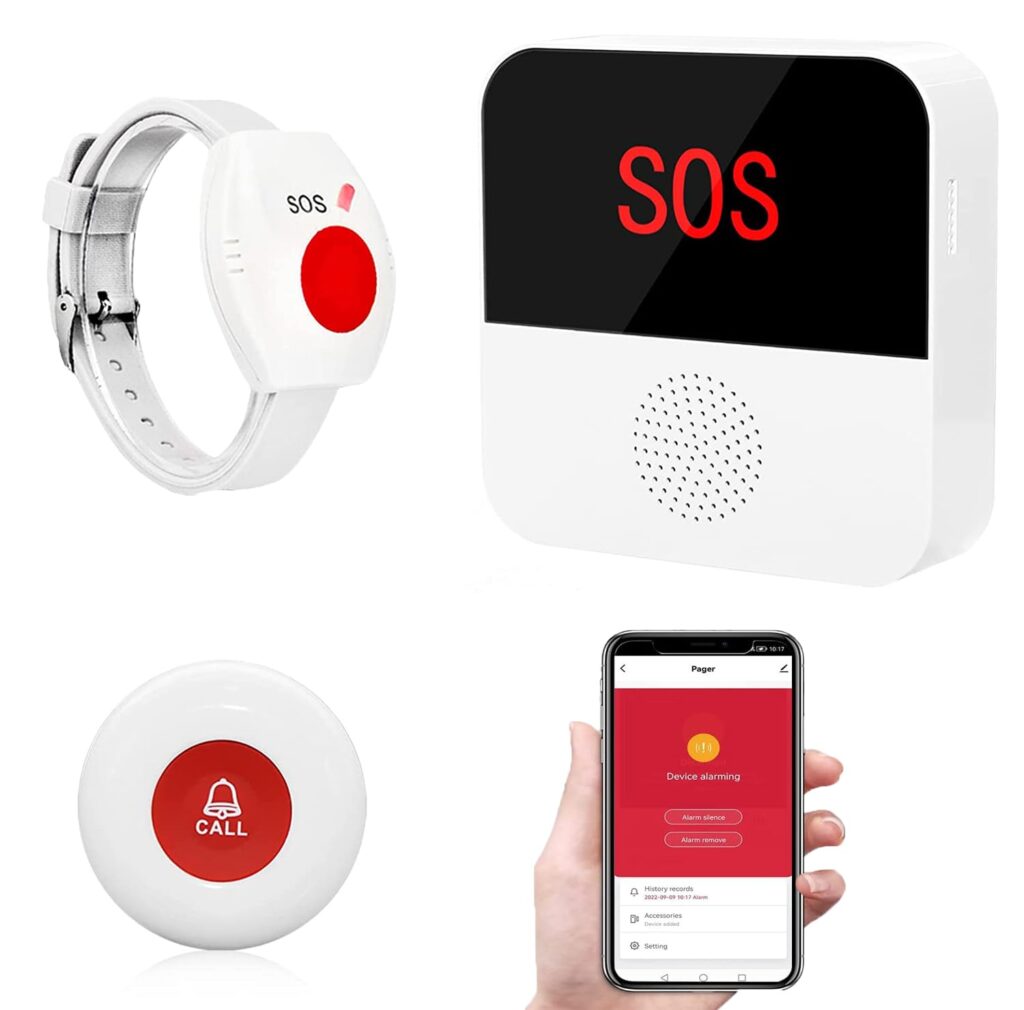In an emergency, every second matters. Whether it’s a fire, carbon monoxide leak, or sudden temperature spike, the speed and accuracy of your home’s alert system can make all the difference.
Traditional alarms rely on sound alone, which can be missed or delayed, especially in larger or multi-level homes. Smart home alerts bridge that gap with real-time notifications, mobile access, and automation that keep you informed and protected no matter where you are.
Instant alerts, even when you’re not home
One of the biggest advantages of smart home technology is the ability to receive emergency notifications directly to your phone. A traditional smoke alarm might go off, but if you’re at work or away for the weekend, you won’t know until it’s too late.
Smart devices like the HomeKit smoke detector solve this by sending real-time alerts the moment smoke or carbon monoxide is detected. You’ll know immediately what’s happening and can take action quickly, calling emergency services, alerting a neighbour, or activating other connected systems in your home.
Clear communication across all floors
In a home with multiple levels, a single alarm sounding in the basement may not be heard in a bedroom on the top floor. Smart detectors communicate with each other and your devices, ensuring that alerts are synchronized across the entire home.
Owl Wired is an ideal solution, combining smoke and carbon monoxide detection with motion and climate sensors. When it detects an issue, it sends coordinated alerts through your phone, your smart home hub, and connected speakers, so no matter where you are, the message is loud and clear.
Smarter decisions through better data
The Real-time alerts don’t just tell you something’s wrong; they often provide context. This Smart home systems can tell you which room triggered the alarm, whether it’s smoke or carbon monoxide, and if motion or climate readings are abnormal.
This information can help emergency responders act faster and more effectively. For example, knowing the fire is in the kitchen versus the basement changes how quickly and where help is sent.
Automated safety responses
Smart alerts are more than notifications; they can trigger life-saving responses. Integrated smart home setups allow your detectors to work with lights, locks, and HVAC systems. In the event of an emergency, your lights can turn on to guide people out, smart locks can unlock automatically for first responders, and fans or furnaces can shut down to reduce the spread of smoke. These automations make a huge difference in chaotic situations where time is limited and communication is vital.
Peace of mind with reliable alerts
Smart detectors give you confidence that your home is always being monitored, and that you’ll be notified instantly if anything goes wrong. Whether you’re asleep upstairs or out of town, devices like the HomeKit smoke detector and the Owl Wired system ensure you’re always connected to your home’s safety status. This level of real-time emergency communication is no longer optional; it’s a must for modern households.
Conclusion
Smart home alerts play a vital role in enhancing emergency communication by delivering real-time notifications during critical situations such as fires, gas leaks, intrusions, or medical and emergencies. These alerts are designed to act instantly sending messages to homeowners, family members, and even emergency services within seconds of detecting a threat. This speed can be the difference between damage and disaster prevention.
The modern systems use a combination of sensors, AI-driven analysis, and mobile connectivity to provide accurate, real-time insights. Whether you’re at home, at work, or traveling, smart alerts ensure you remain connected and informed about the safety of your property and loved ones.
A voice assistants and smart speakers also contribute by delivering audible alerts instantly, helping occupants take immediate an action. Integration with other smart systems like sprinklers, door locks, and security cameras further strengthens your emergency preparedness.
Facts:
- A 2024 survey by SafeHome.org found that 68% of smart home users felt more secure due to real-time emergency alerts.
- Smart smoke detectors have been shown to improve fire response time by up to 40%.
- AI-powered smart systems reduce false alarms by as much as 55%, leading to more effective emergency management.
In short, smart home alerts improve safety, speed up emergency response, and provide peace of mind.



